What does a Black-headed Gull sound like?
A relatively vociferous bird, black-headed gulls are loud to the extreme in the breeding season, using chattering and squealing calls of ‘krrrreeeeaaar’ and shorter ‘kuk – kuk – kuk’ or ‘kekek’.
Susanne Kuijpers, XC652968. Accessible at www.xeno-canto.org/652968.
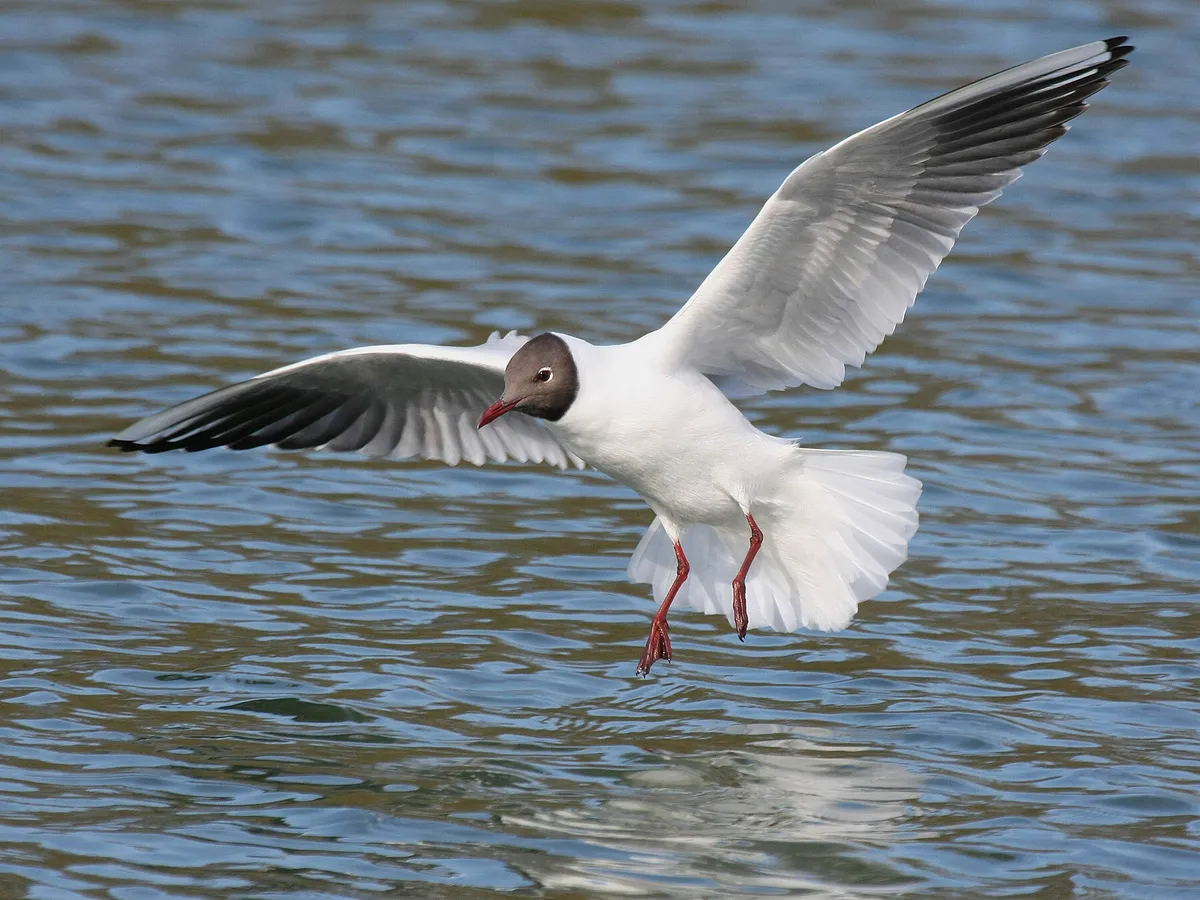
Black-headed Gull landing
What does a Black-headed Gull eat?
A diet of fish, worms, insects and seeds keep coastal birds nourished whilst those venturing inland also dine on carrion and are adept at foraging in and around domestic refuse dumps.
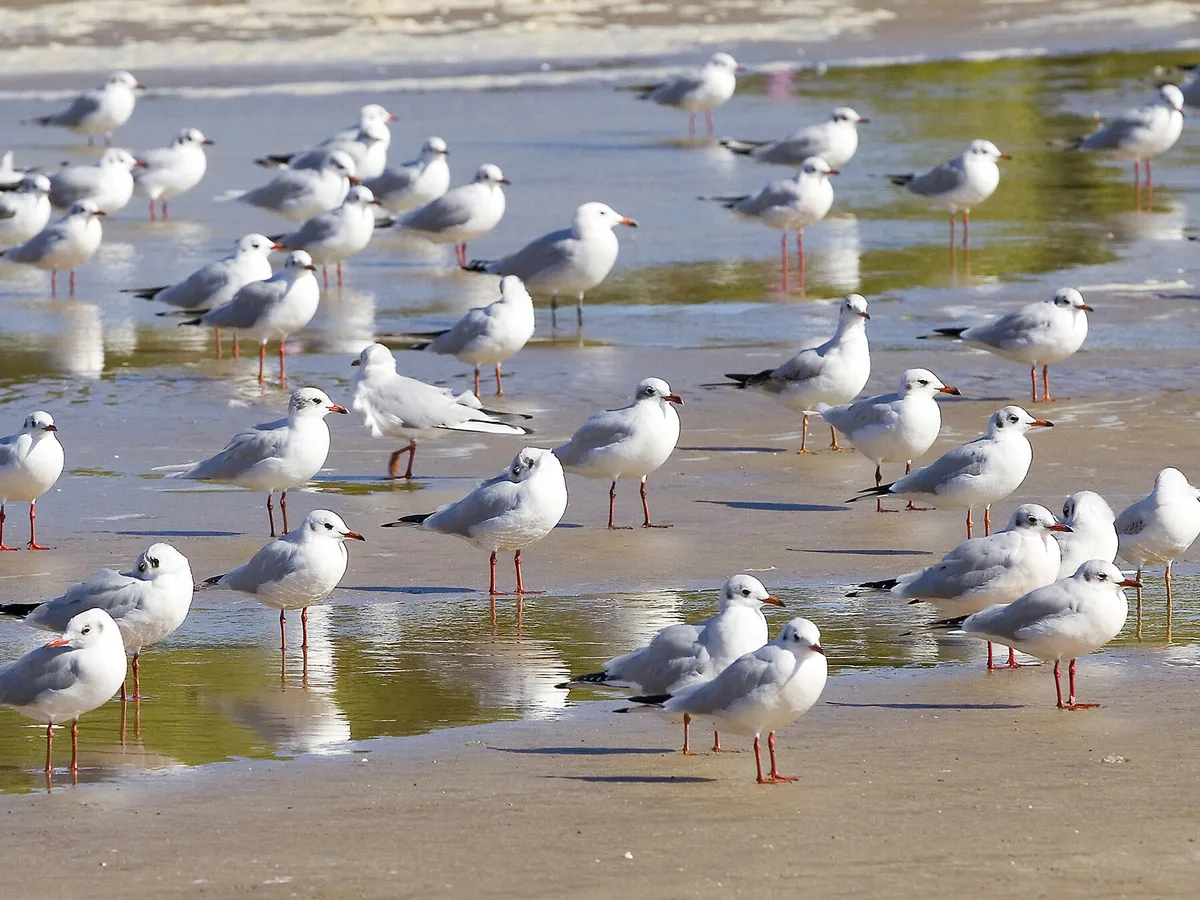
Black-headed Gulls with their winter plumage
Distribution
The black-headed gull is monotypic and limited to the northern hemisphere where it is widespread throughout the majority of Europe including Greenland and Iceland.
It is also found across Central Asia as far as the volcanic Kamchatka Peninsula in the far east of Russia and North-eastern China. Limited numbers are also present on the East coast of North America and Southeast Canada.
During the winter months, the majority of the species migrates to sub-Saharan Africa, Southeast Asia and the Indian sub-continent whilst small numbers remain in Southwest Europe throughout the year.
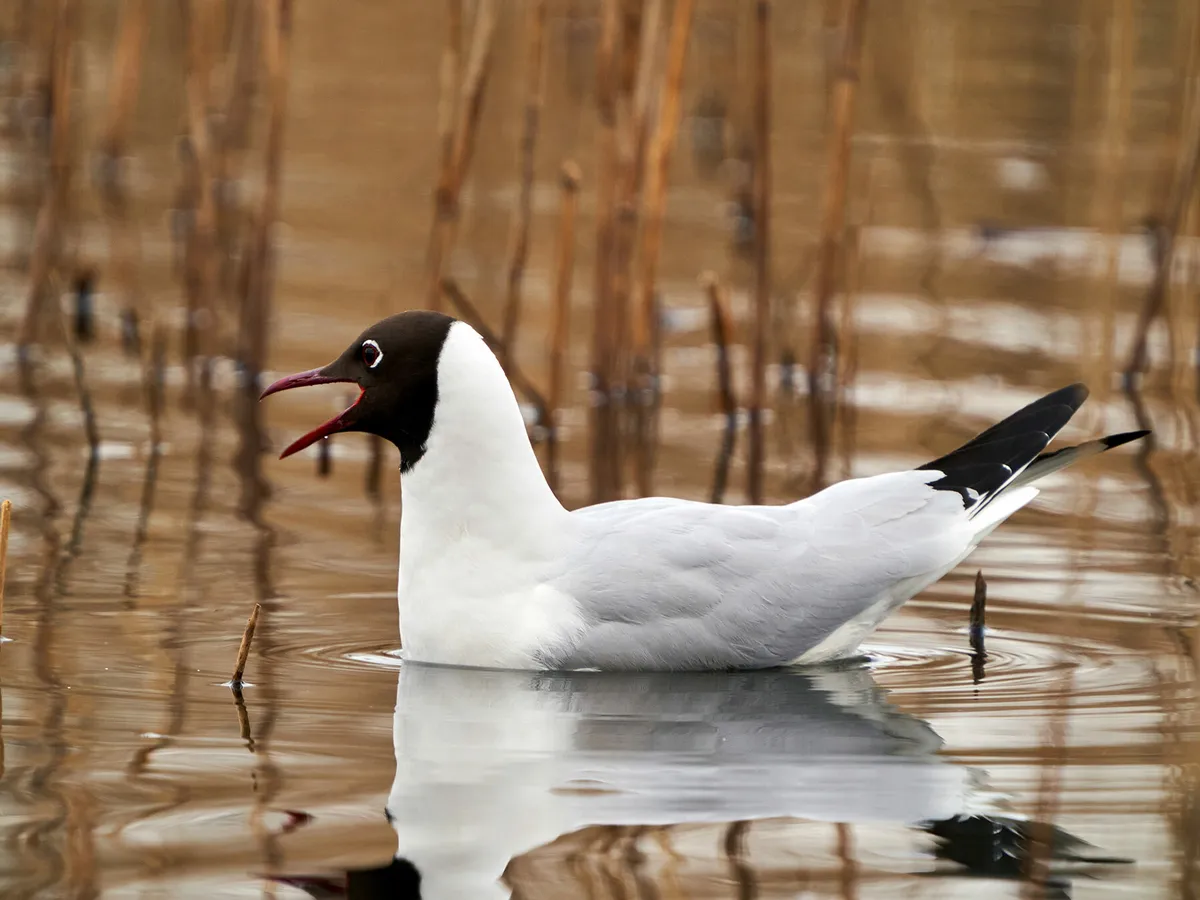
Black-headed Gull sat on the water
Signs and Spotting tips
Black-headed gulls can be found in almost any environment within their range including but not limited to, marine and intertidal, salt flats and marshland, wetland, grᴀssland, farmland, urban and suburban areas, freshwater reservoirs and gravel pits, refuse dumps, and sewage farms.
They are sociable birds often congregating in large flocks but also quarrelsome and noisy. They can frequently be seen in large numbers roosting on the grounds near food sources.
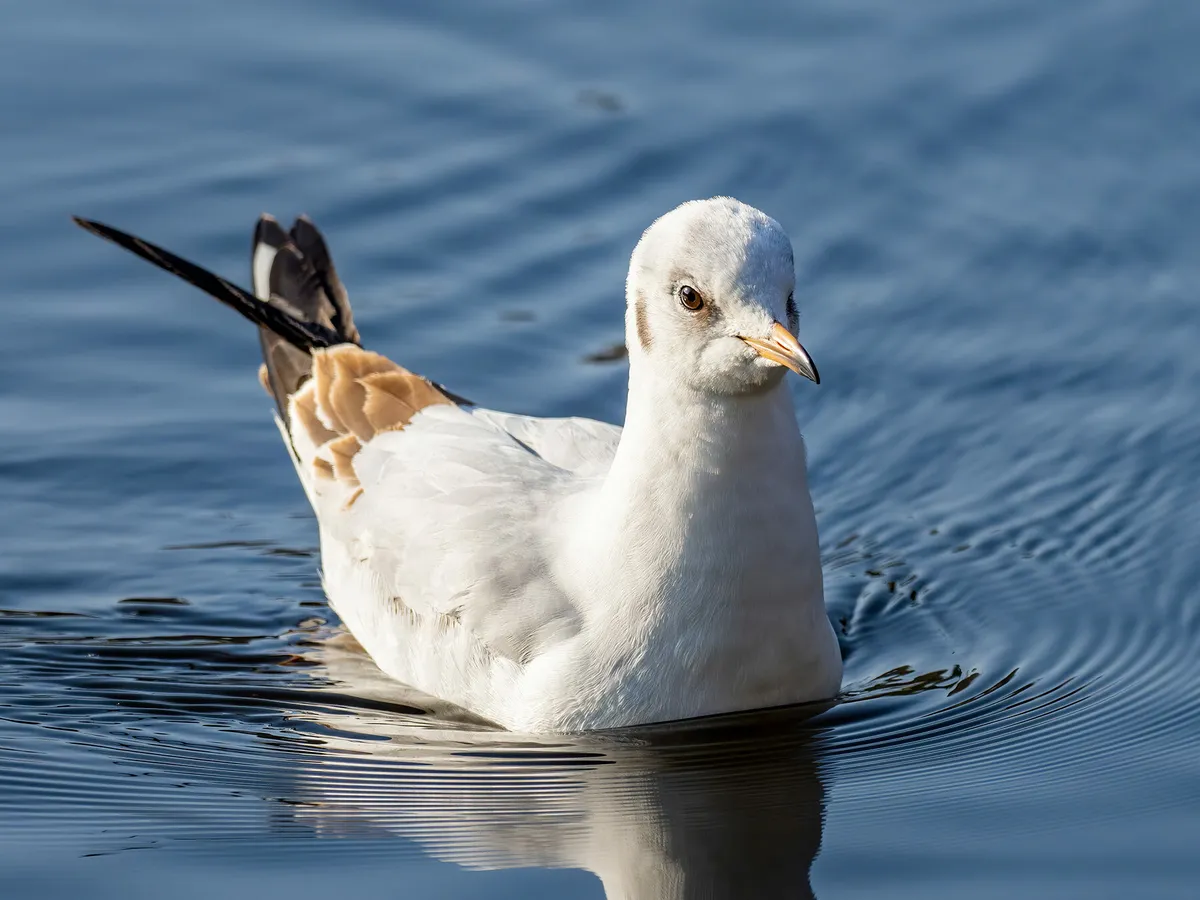
Juvenile Black-headed Gull
Breeding
Large breeding colonies are often occupied from March each year and nests are constructed on the ground out of twigs and grᴀss stems on top of marshy ground or vegetation.
Occasionally individual pairs will nest alone away from the colony. One brood of 1 – 3 eggs is produced annually between April to June and incubated for up to twenty-six days. The chicks fledge after thirty-five days.
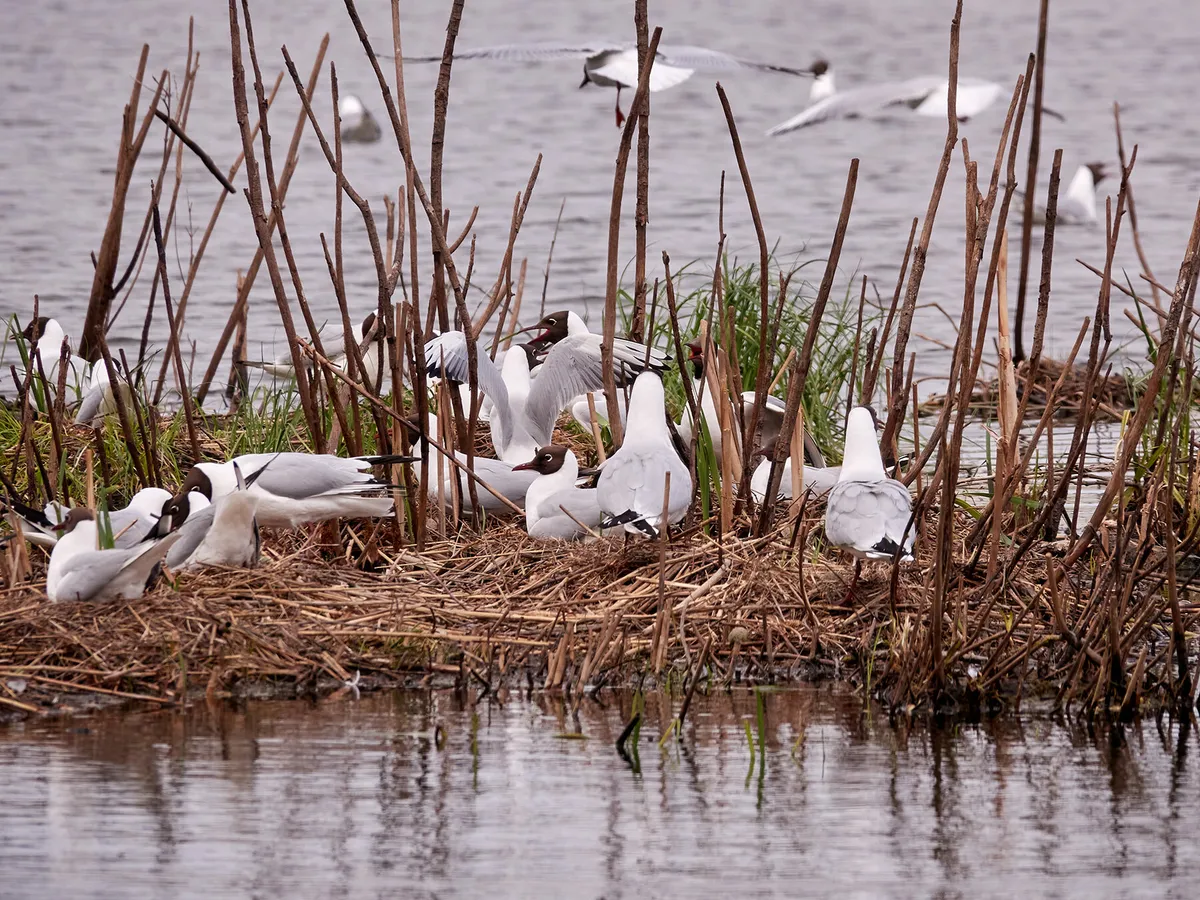
Black-headed Gull nest site
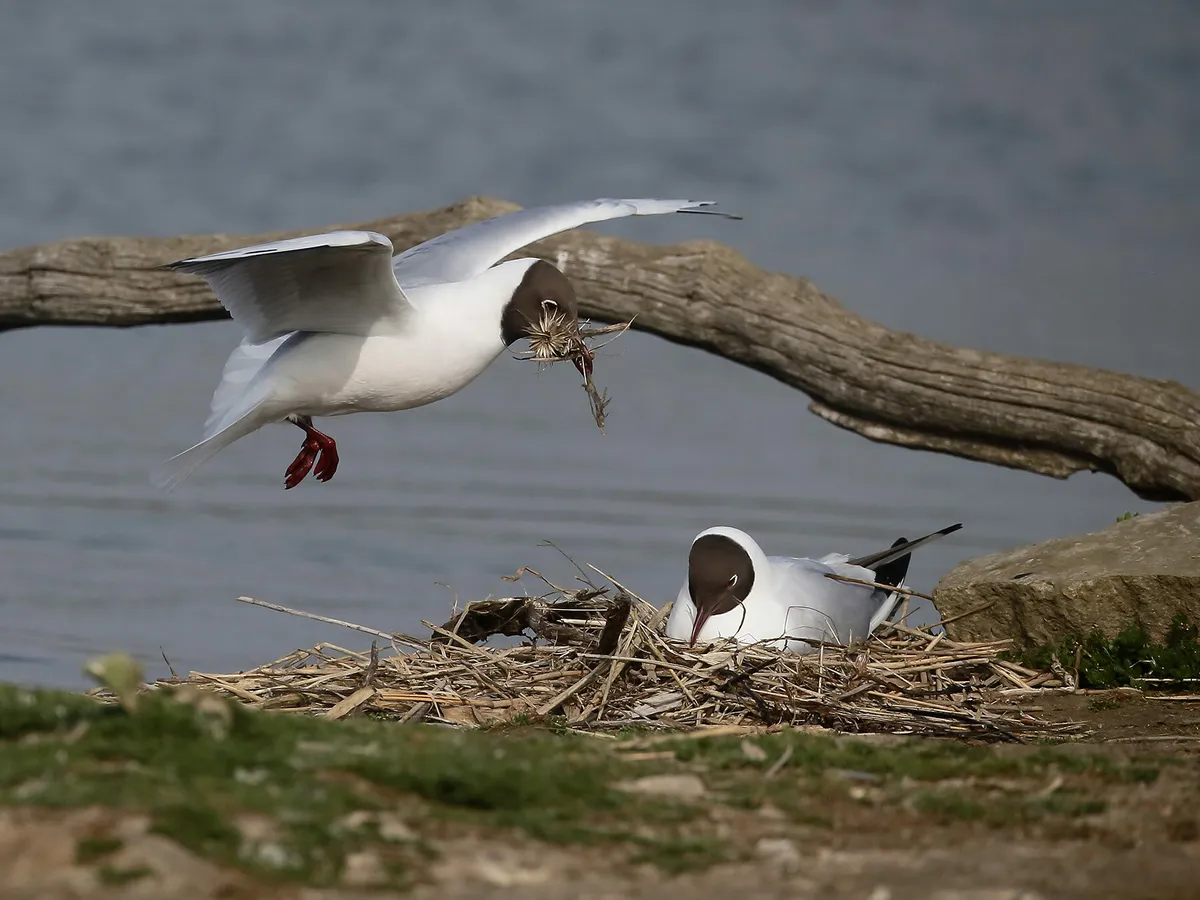
Black-headed Gull nest





